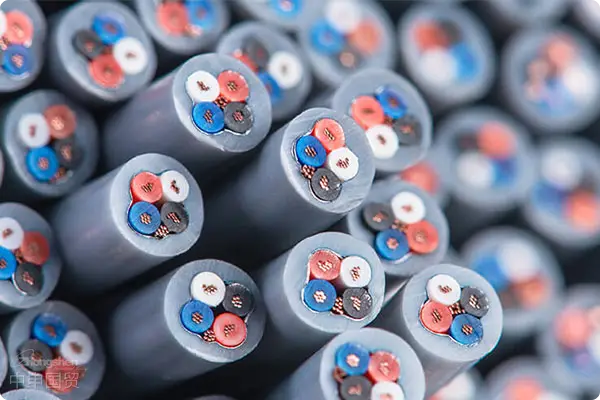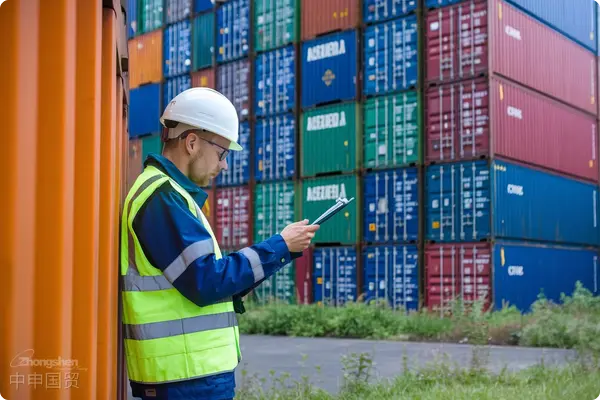- Shanghai Zhongshen International Trade Co., Ltd. - Two decades of trade agency expertise.
- Service Hotline: 139 1787 2118
On November 28, 2023, the survey results released by the European Chemicals Agency (ECHA) attracted high attention from the global manufacturing industry. The survey shows that polyvinyl chloride (PVC) and some of its additives may pose significant risks to human health and the environment. This discovery may lead the EU to take measures to ban or restrict the use of these substances. This decision will have a profound impact on the global PVC industry and require relevant enterprises to respond quickly and comprehensively.

Problems with PVC and its additives
PVC is a widely used plastic, and its production and use involve various additives such as plasticizers, heat stabilizers, and flame retardants. These additives endow PVC products with the required flexibility, stability, color, transparency, and electrical properties, but also bring potential health and environmental risks.
In particular, some PVC additives, such as cadmium - based and lead - based stabilizers, as well as certain phthalates, have been restricted by the EUs REACH regulation. For other substances such as medium - chain chlorinated paraffins and flame retardants, their potential risks are under further investigation.
ECHA的監管行動計劃
To address the risks of PVC and its additives, ECHA is considering a series of regulatory measures:
Risk reduction of plasticizers:ECHA plans to minimize the risks of plasticizers, especially phthalates, as they may have negative impacts on the reproductive and endocrine systems. Further REACH restriction control measures may be introduced.
Risk management of heat stabilizers:ECHA may restrict the use of organotin compounds (except for specific low - concentration MOTE) because these substances may cause developmental deformities and reproductive hazards. In addition to REACH restrictions, other regulatory measures may be combined for comprehensive management.
Reduction of flame retardant emissions:Referring to ECHAs regulatory strategy for flame retardants, reduce the emissions of flame retardants to reduce their potential risks to the environment and human body.
Reduction of PVC particle emissions:Improve technology to reduce the emissions of PVC particles, especially in recycling facilities and landfills, to reduce plastic pollution.
These potential regulatory measures pose new challenges to enterprises exporting to the EU. Before the official release of new regulations, enterprises should take the following measures to respond:
Component self - inspection:Enterprises should self - inspect the harmful additive components in their PVC products exported to the EU and in the supply chain, and assess their compliance with the new regulations.
Search for green alternatives:Actively search for and test environmentally friendly alternatives to adapt to possible regulatory changes in advance.
3、Industrial Layout Adjustment:According to the requirements of the new regulations, adjust the product design and manufacturing process to reduce reliance on restricted or prohibited additives.
4、Establish a Green Supply Chain:Build a supply chain that meets environmental protection requirements and avoid regrettable substitutions, that is, the substitute substances may be equally harmful.
Related Recommendations
? 2025. All Rights Reserved. 滬ICP備2023007705號-2  PSB Record: Shanghai No.31011502009912
PSB Record: Shanghai No.31011502009912









